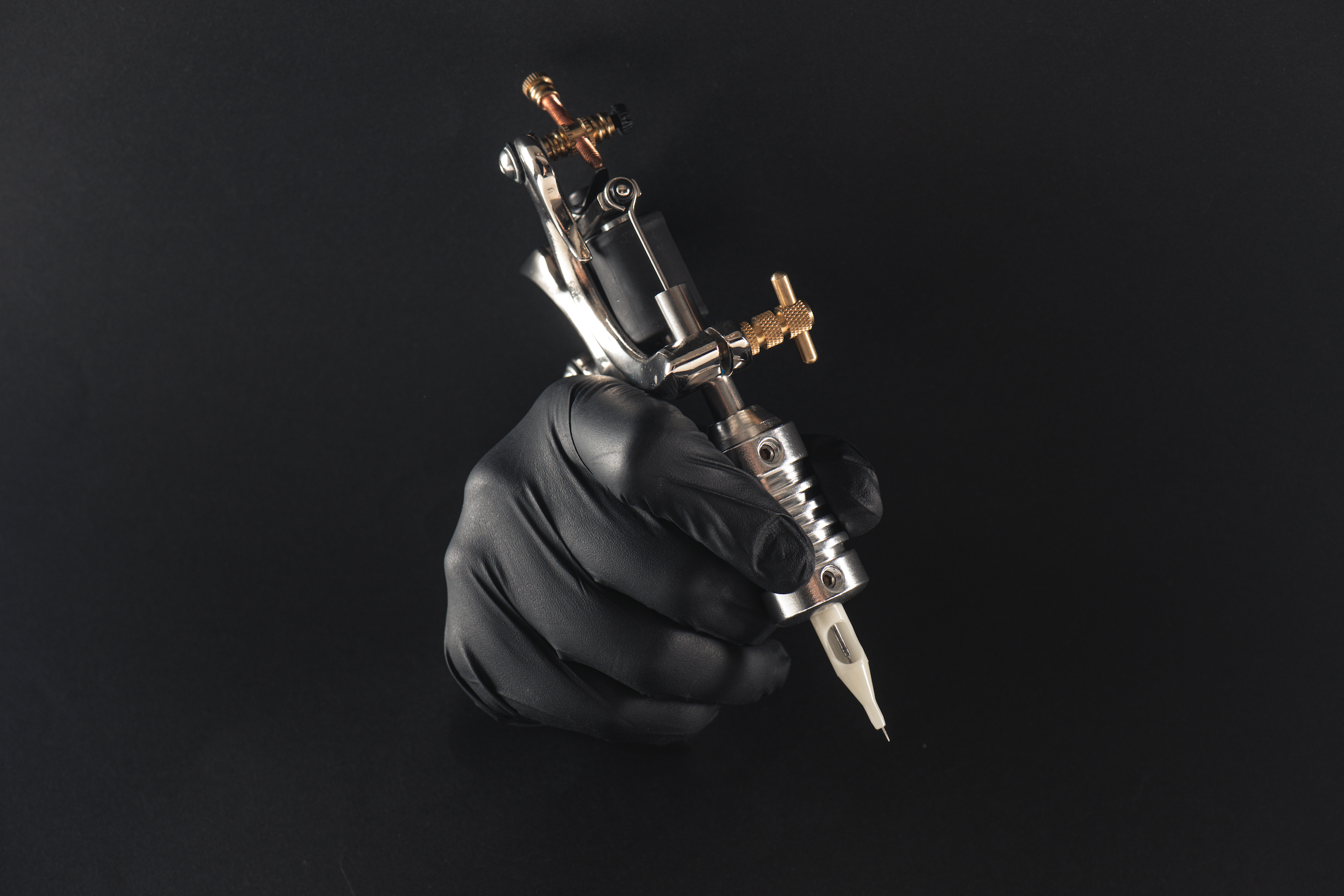Stretch mark camouflage and cover-up tattoos have become increasingly popular in recent years. Is this unique method of concealing stretch marks with tattoos the solution to stretch marks, or are there better, less-invasive ways to treat stretch marks?
Let’s talk about the benefits of camouflage tattooing, including permanent makeup, cosmetic tattooing, and other tattooing options for scar revision.

What Is Stretch Mark Camouflage and Should You Try It?
Unlike a traditional tattoo, camouflage tattooing uses a healing serum instead of ink to target the areas affected by stretch marks in an attempt to achieve a smoother, more even skin tone.
While cover-up tattoos can sometimes provide relief from self-consciousness, it's important to weigh the pros and cons before diving into this approach.
Benefits of Camouflage Tattooing and Tattooing for Scar Revision
The benefits of camouflage tattooing extend beyond stretch marks. Some people also explore this option for scar revision, seeking to minimize the appearance of scars caused by injuries and surgeries. The basic idea is to match the color of your stretch marks or scars with the rest of your skin so that they appear less noticeable.
This ‘permanent makeup’ can help camouflage skin imperfections, potentially giving you a boost in body confidence. However, these cosmetic tattooing techniques can be costly, difficult to access, and even uncomfortable.

Can Tattoos Cover Stretch Marks?
Tattooing over stretch marks or scars does not guarantee complete coverage, and the results can vary depending on your skin type and the severity of your unique situation. The process can also be time-consuming and may require multiple sessions.
Camouflage tattooing involves a permanent alteration of the skin, which may not be appealing to those who prefer non-invasive solutions or have concerns about long-term commitment.
Camouflage tattoos can also be a bit uncomfortable for some people, but this varies depending on individual sensitivity and the location of the procedure. The procedure involves using a tattoo machine to add pigments to the skin, similar to regular tattoos. To minimize any discomfort, a numbing cream is often applied beforehand. It's best to consult with a skilled camouflage tattoo artist who can ensure your comfort throughout the process.

Exploring Alternative Options
While camouflage tattooing may be a consideration for some, it's essential to explore alternative options that offer effective results without the permanence or invasiveness of tattooing. An effective, non-invasive approach involves using a combination of Stretch Mark Prevention Cream, a Hydro-Thermal Accelerator, and a Nourishing Body Oil.
These products work together to moisturize and nourish the skin, improving its elasticity and overall appearance. You can apply them separately or pick them up as a bundle.

Aftercare for Camouflage Tattooed Stretch Marks
For those who have already undergone camouflage tattooing for stretch marks or are considering it, proper aftercare is vital. Aftercare for camouflage tattooed stretch marks typically involves following the instructions provided by your tattoo artist, including regular cleaning and moisturizing of the treated area. It's essential to keep the skin hydrated and protected during the healing process to ensure optimal results.
While the idea of concealing stretch marks and skin imperfections through camouflage tattooing may be tempting, it's crucial to consider the long-term implications and alternatives available. By exploring non-invasive treatments, particularly topical options like stretch mark creams you can embrace a holistic approach to skincare that prioritizes the health and well-being of your skin. Remember, beauty comes in many forms, and embracing your unique journey is key to nurturing body confidence.

